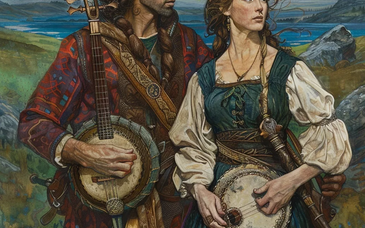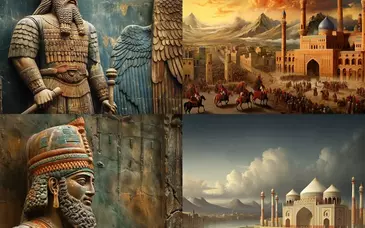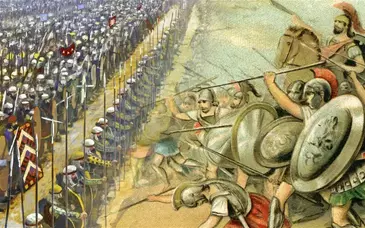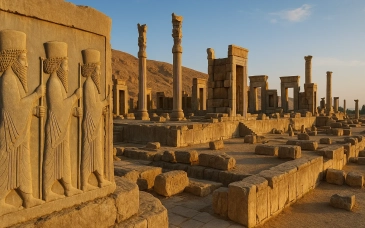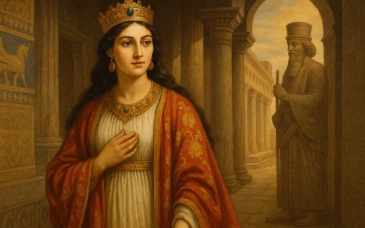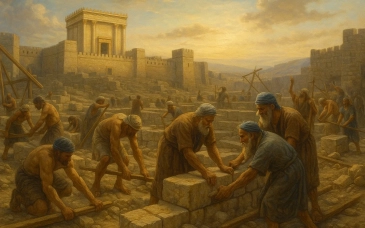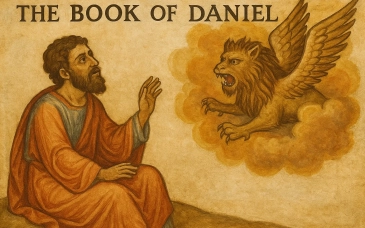Nestled between the Tigris and Euphrates rivers, the Persians, with their rich history and cultural tapestry, have left an indelible mark on the annals of civilization. Join us as we traverse the corridors of time to explore the captivating story of the Persians, from their origins to the zenith of their empire, unraveling the intricate threads that wove together this remarkable ancient civilization.
1. The Achaemenid Empire (550–330 BCE): The Persian story begins with the rise of Cyrus the Great, who founded the Achaemenid Empire in 550 BCE. Under Cyrus, and later his successors such as Darius the Great and Xerxes, the empire stretched from the Aegean Sea to the Indus River, becoming the largest the world had seen.
2. Cyrus the Great and the Cyrus Cylinder: Cyrus the Great, known for his benevolent rule, conquered Babylon in 539 BCE. The Cyrus Cylinder, a clay artifact bearing his edicts, is considered one of the earliest declarations of human rights, emphasizing religious tolerance and freedom.
3. Royal Road and Communication Network: The Achaemenids were innovative administrators. Darius the Great established the Royal Road, a vast network connecting Persia to Anatolia, enabling efficient communication and trade. This infrastructure played a crucial role in the empire's governance.
4. Persepolis: The Glorious Capital: Persepolis, the opulent capital built by Darius, served as a testament to Persian grandeur. The city's palaces, adorned with intricate carvings and majestic staircases, reflected the Achaemenids' architectural prowess and cultural sophistication.
5. The Greco-Persian Wars: The clash between Persia and Greece, particularly the famous battles of Marathon, Thermopylae, and Salamis, unfolded during the Greco-Persian Wars. Led by Xerxes, the Persians sought to expand their empire westward, encountering formidable resistance from the Greeks.
6. Decline and Alexander the Great: The Achaemenid Empire eventually succumbed to the conquests of Alexander the Great in 330 BCE. Despite its fall, Persian influence endured, as Alexander adopted elements of Persian governance and culture.
7. Parthian and Sassanian Empires: After the Achaemenids, the Persians witnessed the rise of the Parthian and Sassanian Empires. The Sassanians, in particular, revived Persian power and culture, creating a vibrant civilization that flourished until the Arab conquest in the 7th century.
The Persians, with their pioneering leaders, innovative infrastructure, and cultural achievements, stand as a testament to the enduring legacy of ancient civilizations. From the Achaemenids to the Sassanians, their contributions to governance, architecture, and human rights continue to resonate through the corridors of time, inviting us to delve into the rich tapestry of Persian history and heritage.
